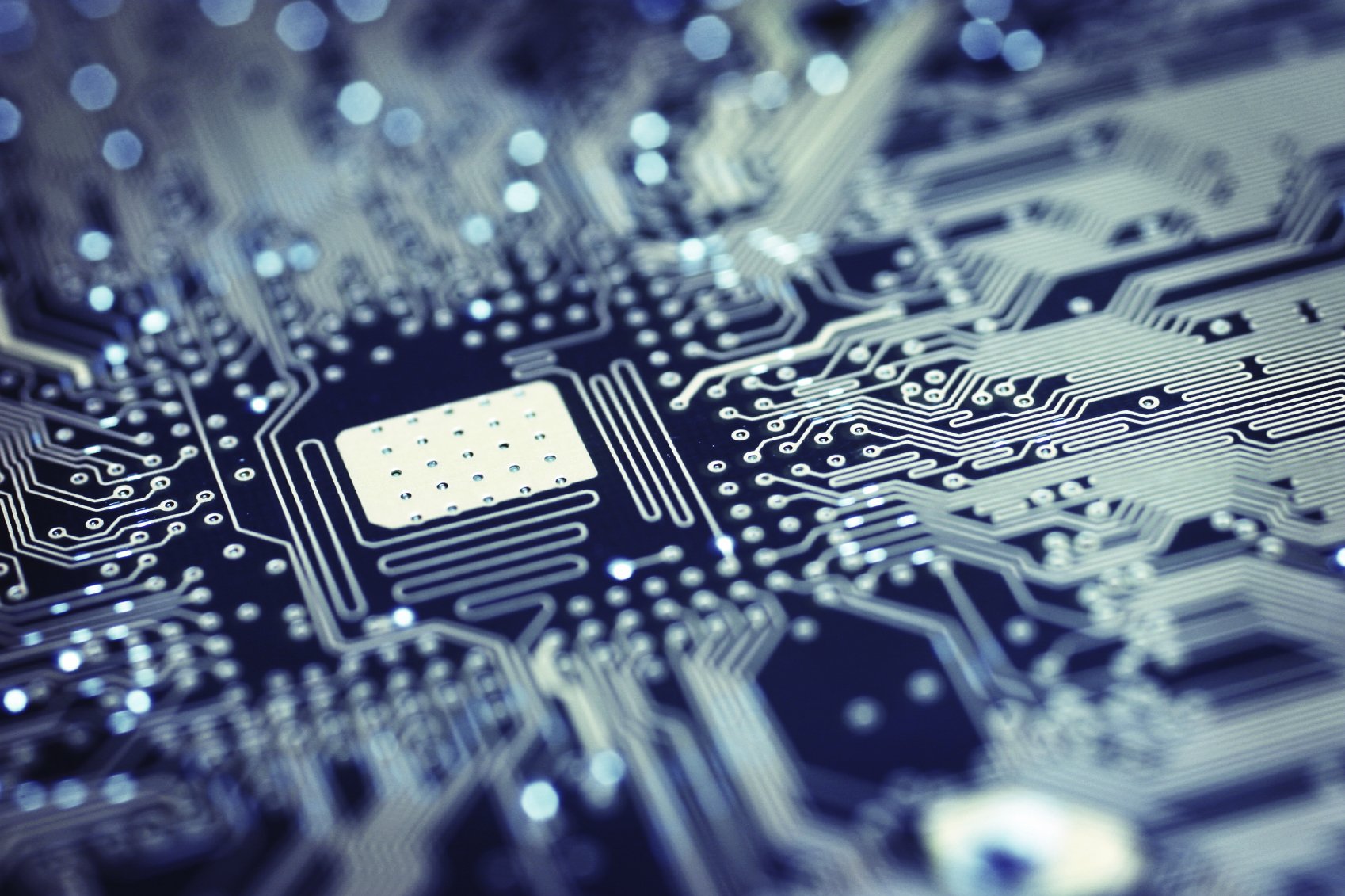Mobile applications are the future for monitoring human vital signs, recording changes in patterns, reporting deviations, and ultimately diagnosing symptoms. The smart devices being sold already contain the capabilities today to perform human diagnostics. Medical companies need to configure smart devices with biometric capabilities. For example, biometric tools can intake the known symptoms from basic annual physical examination such as heart rate, blood pressure, eye check, nasal, temperature, respiratory, and infectious diseases. The biometric data could be configured into mobile features found in smart watches, phones, and tablets.
Heart Monitoring
A smart watch can monitor heart rate as individuals perform daily activities and exercise. The records of heart rate changes are stored and compared. If a cardiologist could remotely monitor their patients heart rate using a smart device it would allow for proactive medical treatment or quick response time to medical crisis. Similarly, high blood pressure is a silent killer and often detected too late for doctors to treat proactively. The results of failure to respond timely could lead to heart attack or stroke. Building out the smart watch to constrict the wrist to check the blood pressure will create faster medical interventions.
Scanning & Comparative Imagery
Handheld smart device built in camera can be used to perform eye examinations as a future feature. Determining vision deficiencies or cataracts using a smartphone is not far reaching as many companies use retinal scanning to determine access to buildings or device access by authenticate a profile. A profile of a healthy vs. unhealthy retina in a biometric tool could allow for a logical mapping to detect various symptoms. In many cases the inventory of medical symptoms if recorded through imagery could be compared by program algorithms. The criminal justice system run checks through databases to find a match of possible suspects. These profiling systems have capabilities to match diseases and can be configured to perform on mobile devices. Additional symptoms such as infectious diseases can be considered remote diagnostic capable. Some areas that are still unknown are the those that monitor temperature and respiratory.
Mobile Device Sensory
If the phone can determine overheating of a smart device it could be one step away from determining a fever. For example, placing a smartphone device within the underarm to monitor temperature and pulse. Additionally, audio can be explored to check respiratory issues such as asthma. Leveraging the sensory features of smart device allows for the science of biometrics to enhance the field of proactive medical treatment. Biometrics will contribute to the medical field over the next 10 years with the advancement of mobile applications and medical technology transformation.
Charles Williamson
CEO of C-Force




Great read! The depth and clarity of your analysis are impressive. If anyone is interested in diving deeper into this subject, check out this link: DISCOVER MORE. Looking forward to everyone’s thoughts!